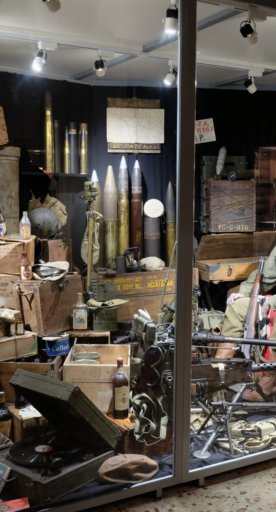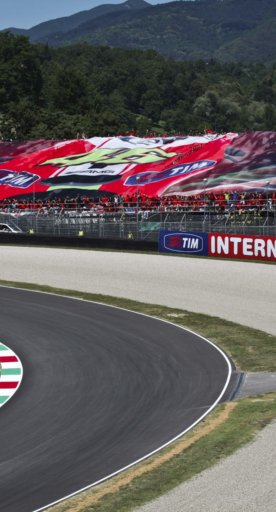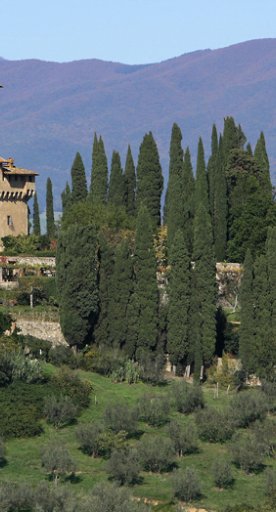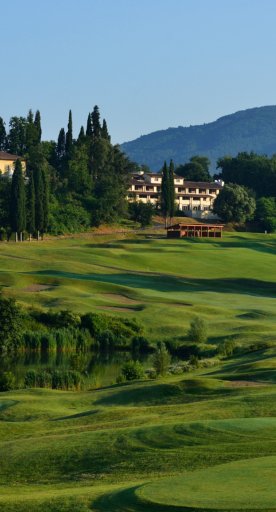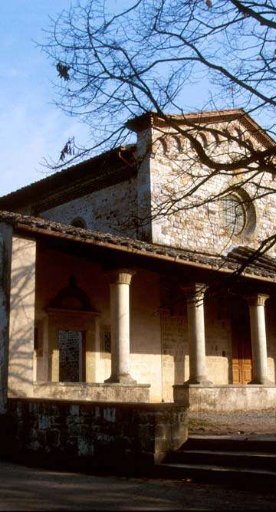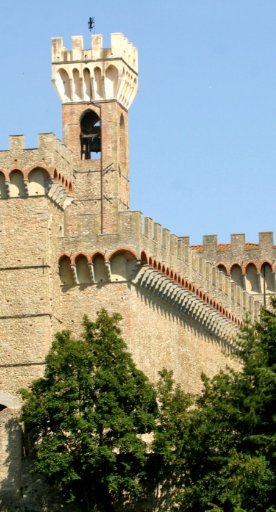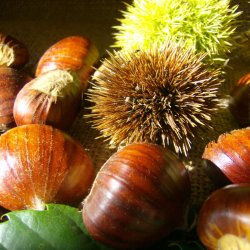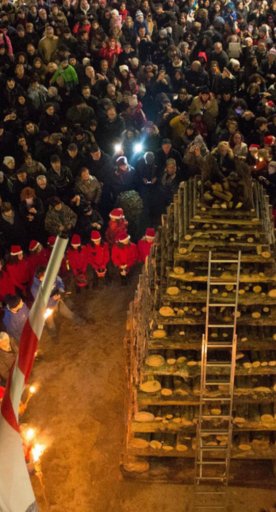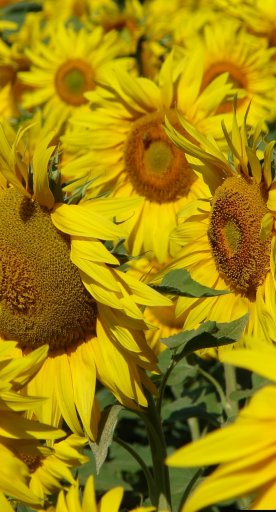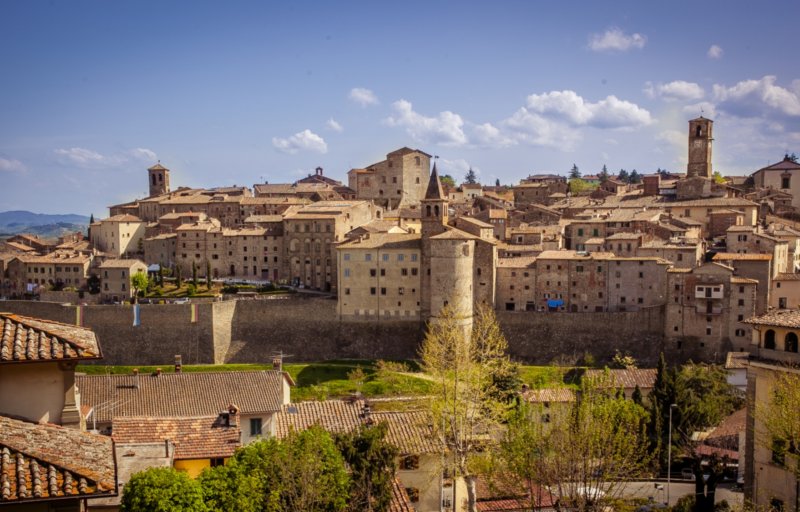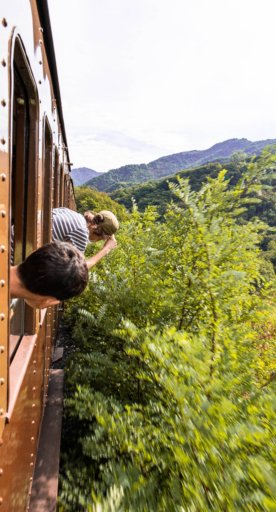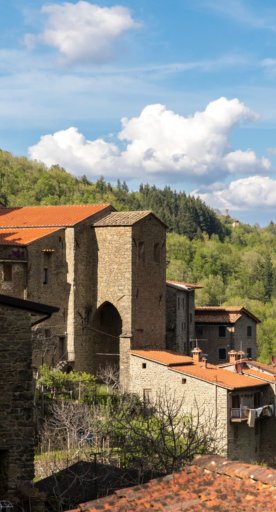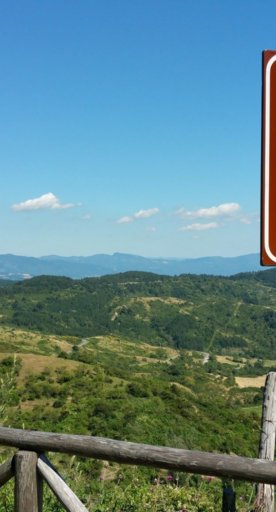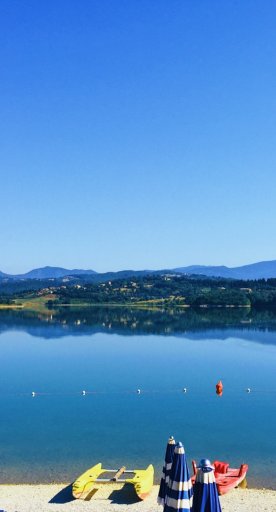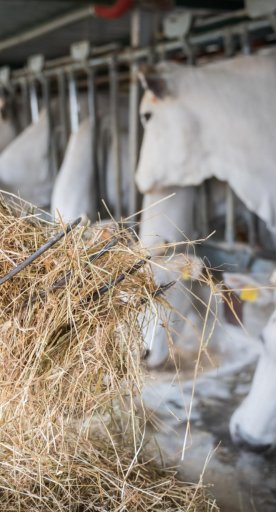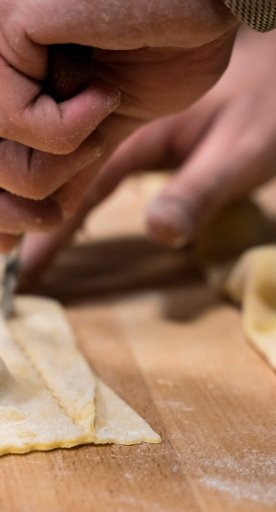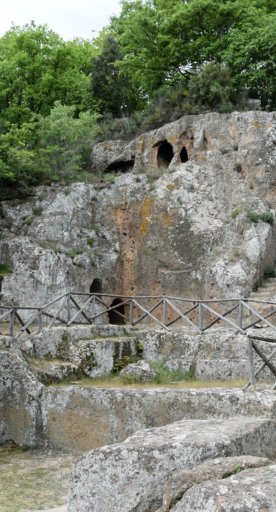Mugello
Endless vacation opportunities among unspoiled landscapes, typical flavors and culture
Land of artists, shaped with care and cultivated with love, it is desired land Mugello, and it could not be otherwise. Surrounded by oak and chestnut trees and defended by the Apennines, it has the typical softness of the Tuscan landscape; it has its atmosphere, it has its colors.
Mugello is a land of nuances and atmospheres muffled by fog, it does not like strong tones, harshness, contrasts. It is like saying that beauty is in the genetic code of these places, of these people. Illustrious Tuscans were born in Vicchio: Giotto, Fra Angelico and also Andrea del Castagno is from these parts.
The Medici family has its origins in these parts, and there are many the traces left by these powerful lords. They commissioned important architects, like Michelozzo, to design and modify castles into welcoming homes, an example being the Cafaggiolo Villa in Barberino and the Trebbio Castle in San Piero a Sieve with its tower and Italian-style garden.
You can explore the ancient streets of the Apennines, winding and rugged. Indulge in the luxury of an imposing and majestic landscape, making appropriate stops, in no hurry, perhaps stopping in Marradi to look for the PGI Mugello Chestnut or the porcini mushrooms with their unmistakable flavor. Even along an old rail road you will travel to discover forgotten atmospheres, with fields of wheat and olive trees accompanying you for a stretch and then giving way to an almost alpine panorama, the Upper Mugello with chestnut and beech forests.
There are several itineraries in the Giogo-Casaglia Park for nature and history lovers. Very impressive is the Gothic Line Trail, a ring itinerary that retraces a section of the defensive line built during World War II.
A pleasant landscape, friendly people, authentic cuisine, good wine, plus there is a great craft tradition, such as the cutting tools of Scarperia e San Piero, or the pietra serena of Firenzuola in Upper Mugello.
Visitors can get away from the stress of the city and take advantage of the hospitality offered in the cool summer country houses restored with admirable taste, in once-abandoned villages that have been brought back to life, and in the villas and palaces where noble Florentine families used to live.
In Borgo San Lorenzo you can visit, among several villas, the Pecori Giraldi villa, which houses inside the Museum of Chini Manufacture where you can admire vases, mugs, jugs made of ceramics and stoneware.
You can tread on foot, bicycle, or horseback the ruins of a road system that ignored the wheel, or take up golf, canoeing, archery, sport fishing to fully enjoy your leisure time.
Mugello can be reached easily with the Highway A1, getting off at the exit for Barberino di Mugello. The old and fascinating stretch of the Faentina railway allows visitors to explore the territory coming from both Emilia-Romagna, starting in Faenza and passing by Marradi, and Tuscany, leaving from Florence.

